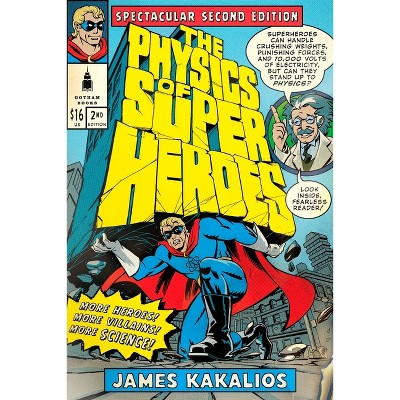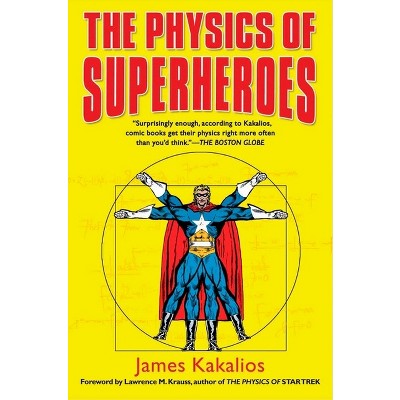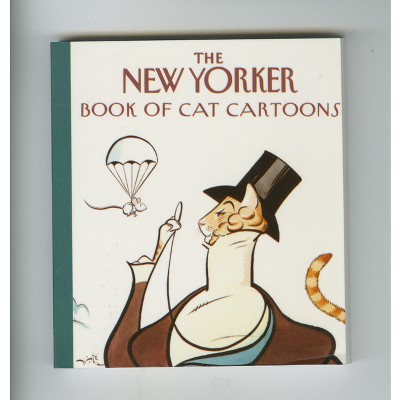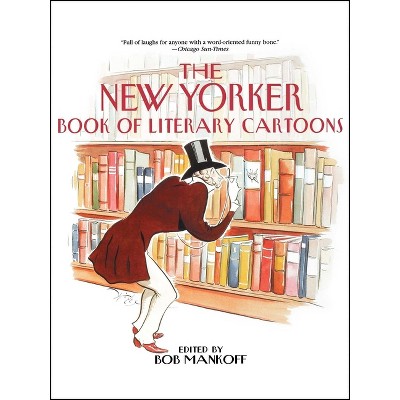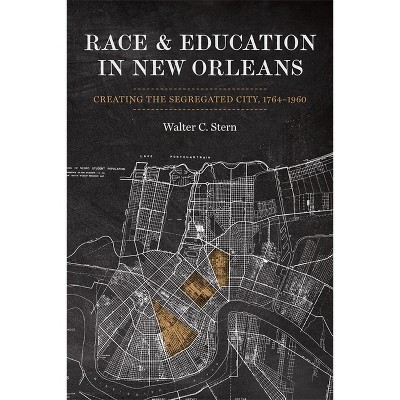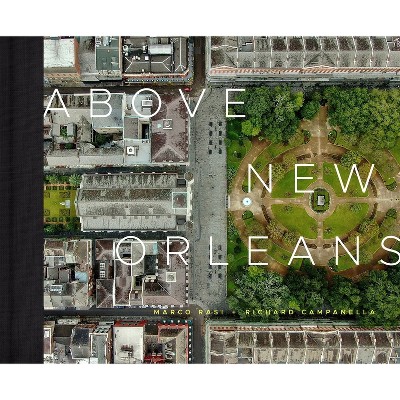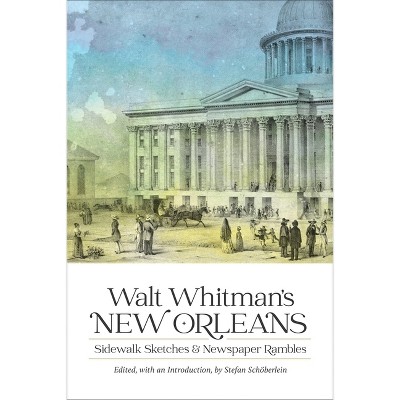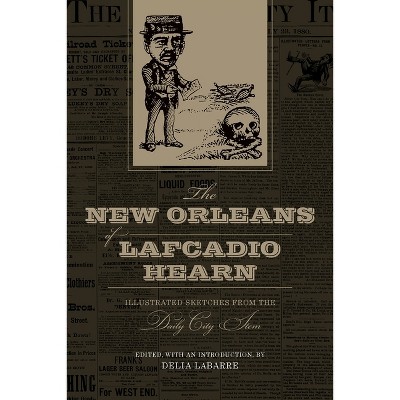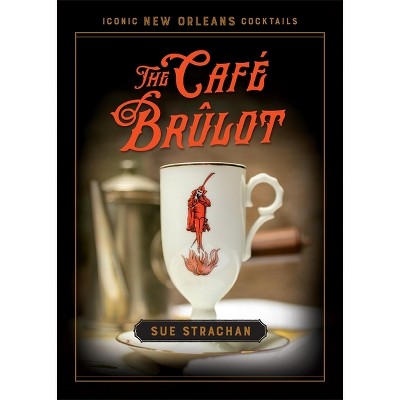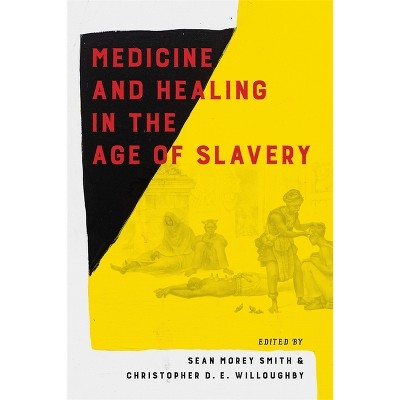Yellow Fever, Race, and Ecology in Nineteenth-Century New Orleans - (Natural World of the Gulf South) by Urmi Engineer Willoughby (Hardcover)

$43.49 sale price when purchased online
$45.00 list price
Target Online store #3991
About this item
Highlights
- Through the innovative perspective of environment and culture, Urmi Engineer Willoughby examines yellow fever in New Orleans from 1796 to 1905.
- About the Author: Urmi Engineer Willoughby is assistant professor of history at Murray State University.
- 264 Pages
- Nature, Ecology
- Series Name: Natural World of the Gulf South
Description
About the Book
"Linking local epidemics to the city's place in the Atlantic world, [this book] analyzes how incidences of and responses to the [yellow fever] grew out of an environment shaped by sugar production, slavery, and urban development"--Amazon.com.Book Synopsis
Through the innovative perspective of environment and culture, Urmi Engineer Willoughby examines yellow fever in New Orleans from 1796 to 1905. Linking local epidemics to the city's place in the Atlantic world, Yellow Fever, Race, and Ecology in Nineteenth-Century New Orleans analyzes how incidences of and responses to the disease grew out of an environment shaped by sugar production, slavery, and urban development.
Willoughby argues that transnational processes--including patterns of migration, industrialization, and imperialism--contributed to ecological changes that enabled yellow fever-carrying Aedes aëgypti mosquitoes to thrive and transmit the disease in New Orleans, challenging presumptions that yellow fever was primarily transported to the Americas on slave ships. She then traces the origin and spread of medical and popular beliefs about yellow fever immunity, from the early nineteenth-century contention that natives of New Orleans were protected, to the gradual emphasis on race as a determinant of immunity, reflecting social tensions over the abolition of slavery around the world. As the nineteenth century unfolded, ideas of biological differences between the races calcified, even as public health infrastructure expanded, and race continued to play a central role in the diagnosis and prevention of the disease. State and federal governments began to create boards and organizations responsible for preventing new outbreaks and providing care during epidemics, though medical authorities ignored evidence of black victims of yellow fever. Willoughby argues that American imperialist ambitions also contributed to yellow fever eradication and the growth of the field of tropical medicine: U.S. commercial interests in the tropical zones that grew crops like sugar cane, bananas, and coffee engendered cooperation between medical professionals and American military forces in Latin America, which in turn enabled public health campaigns to research and eliminate yellow fever in New Orleans. A signal contribution to the field of disease ecology, Yellow Fever, Race, and Ecology in Nineteenth-Century New Orleans delineates events that shaped the Crescent City's epidemiological history, shedding light on the spread and eradication of yellow fever in the Atlantic World.About the Author
Urmi Engineer Willoughby is assistant professor of history at Murray State University. She studies the history of disease and medicine from a global and ecological perspective.Dimensions (Overall): 8.97 Inches (H) x 6.96 Inches (W) x 1.18 Inches (D)
Weight: 1.2 Pounds
Suggested Age: 22 Years and Up
Number of Pages: 264
Genre: Nature
Sub-Genre: Ecology
Series Title: Natural World of the Gulf South
Publisher: LSU Press
Format: Hardcover
Author: Urmi Engineer Willoughby
Language: English
Street Date: December 13, 2017
TCIN: 88994024
UPC: 9780807167748
Item Number (DPCI): 247-58-0889
Origin: Made in the USA or Imported
If the item details above aren’t accurate or complete, we want to know about it.
Shipping details
Estimated ship dimensions: 1.18 inches length x 6.96 inches width x 8.97 inches height
Estimated ship weight: 1.2 pounds
We regret that this item cannot be shipped to PO Boxes.
This item cannot be shipped to the following locations: American Samoa (see also separate entry under AS), Guam (see also separate entry under GU), Northern Mariana Islands, Puerto Rico (see also separate entry under PR), United States Minor Outlying Islands, Virgin Islands, U.S., APO/FPO
Return details
This item can be returned to any Target store or Target.com.
This item must be returned within 90 days of the date it was purchased in store, shipped, delivered by a Shipt shopper, or made ready for pickup.
See the return policy for complete information.
